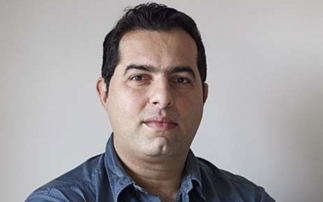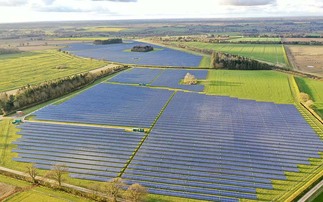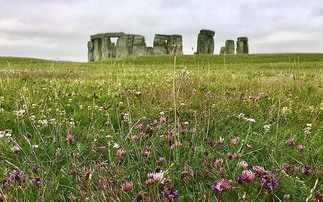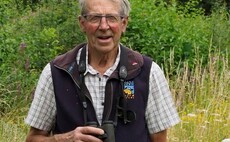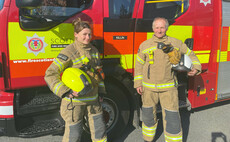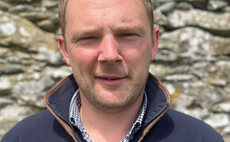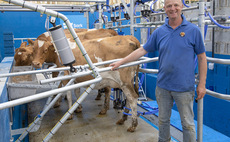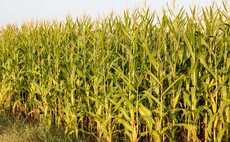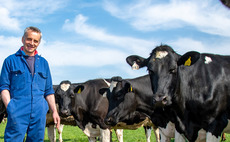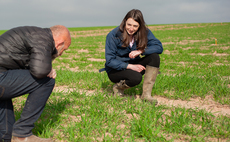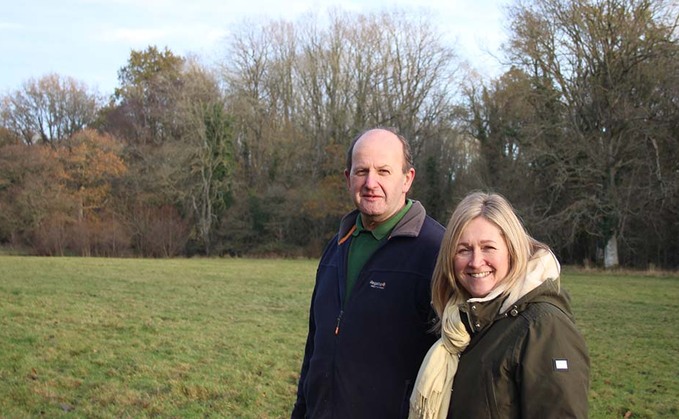
Nick and Nicci Lloyd have seen an abundance of wildlife return to Fernhall Farm, Herefordshire, since they began farming the 121-hectare (300-acre) site in 2017.
It is a spectacular location for the grass-fed, pedigree Dexter beef cattle which graze on the hilly pasture.
The management of the land means it is not just livestock that benefits 50 species of bird and 20 species of butterfly have been recorded on-farm.
Nick and Nicci have been working with the National Trust, using methods such as hedgerow planting, arable reversion and infill tree planting, and are keen on encouraging nature onto the farm.
Nick says: It is about sustainability. We have put hedges back where they used to be and planted our grasslands with clover and other deep-rooted plants which are better for drought resistance. That also means we can stop using fertiliser. Its win-win.
Despite only farming at Fernhall for five years, Nick and Nicci have seen a growth in wildlife brown hare numbers have increased and there are more roe deer, skylarks and rare yellowhammers.
Nick says: The most important thing on-farm are the wildflower meadows. They are teaming with bees, butterflies, birds and insects in summer. This year, adders tongue fern and meadow saffron have been seen.
The business has been diversified too, with boxed beef for sale and a shepherd hut and holiday cottage on-farm.
The changing climate is one of the challenges farms such as Fernhall have to adapt to.
Nick says: The weather is getting milder. It means our arable land is struggling, so we are moving back to grassland and planting with herbal leys for wildlife.
A 50-year vision
Nature is at the heart of the National Trusts vision for its landscapes and farmland in Herefordshire, where it cares for around 5,000 acres of land.
When youre thinking about the countryside, 50 years - thats tomorrow, explains David Bailey, the Trusts General Manager for Herefordshire.
We have a 50-year vision for this land, which aims to make a difference for habitats, for wildlife, for nature, for soil, for water. Right now, that gives us a ten-year project plan to restore woodlands and meadows, and develop thriving farms.
Fernhall is part of that vision, and the Trusts team that work with Nick and Nicci say it has been rewarding to see it in action, using methods such as hedgerow planting, arable reversion and infill tree planting.
Long-term
The farm has also caught the attention of the Food, Farming and Countryside Commission.
Senior researcher Dr Alison Caffyn, who recently visited the farm, says: Nicci and Nick use agroecology and regenerative practices to integrate food production and space for nature.
As a result, they are seeing more organic matter in the soil and their livestock benefit from a rich and diverse diet. Together this means each field at Fernhall can deliver many benefits for the land and the community around the farm.
As more land is farmed this way, the UK as a whole will also benefit from better access to healthy food, more skilled jobs and lower emissions. Our Farming for Change report shows that this kind of farming is the way forward across all UK nations.









